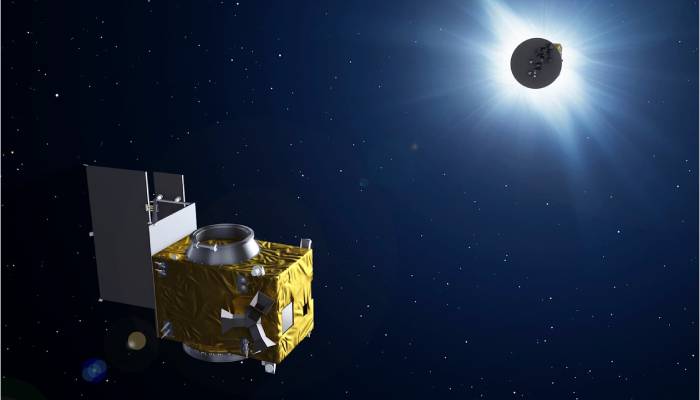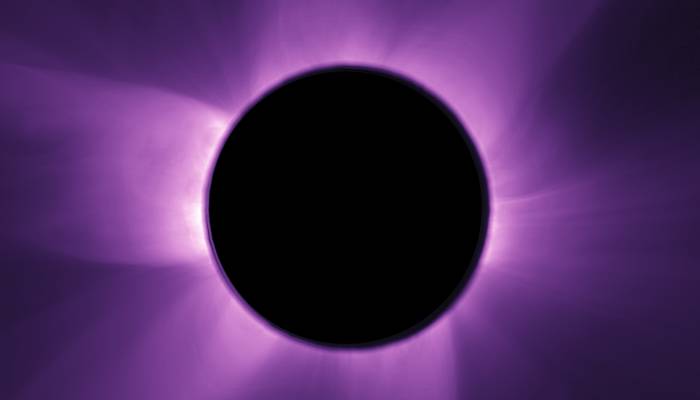
Two driverless spacecraft have successfully flown together in carefully coordinated way to create a small artificial solar eclipse, something the European Space Agency (ESA) says has never been done before.
In this unique achievement, one satellite blocked the sunlight reaching the other satellite by positioning itself precisely in front of the sun.
This blocking created a small shadow only 8 centimeters wide on the second spacecraft.
Scientists want to observe the sun's outer atmosphere called the corona as it helps them understand solar activity better.
However, it's hard to see the corona clearly because the sun's surface is about a million times brighter.

This extreme brightness makes it nearly impossible to view the faint corona without blocking the sun’s light, like during a solar eclipse which creates right conditions for studying it in detail.
Andrei Zhukov from the Royal Observatory of Belgium said in a statement, "We can create our eclipse once every 19.6-hour orbit, while total solar eclipses only occur naturally around once, very rarely twice a year."
He added, "On top of that natural total eclipses only last a few minutes, while Proba-3 can hold its artificial eclipse for up to six hours."
The ESA took these pictures during the Proba-3 mission in March but they waited until now to share those images with the public.








